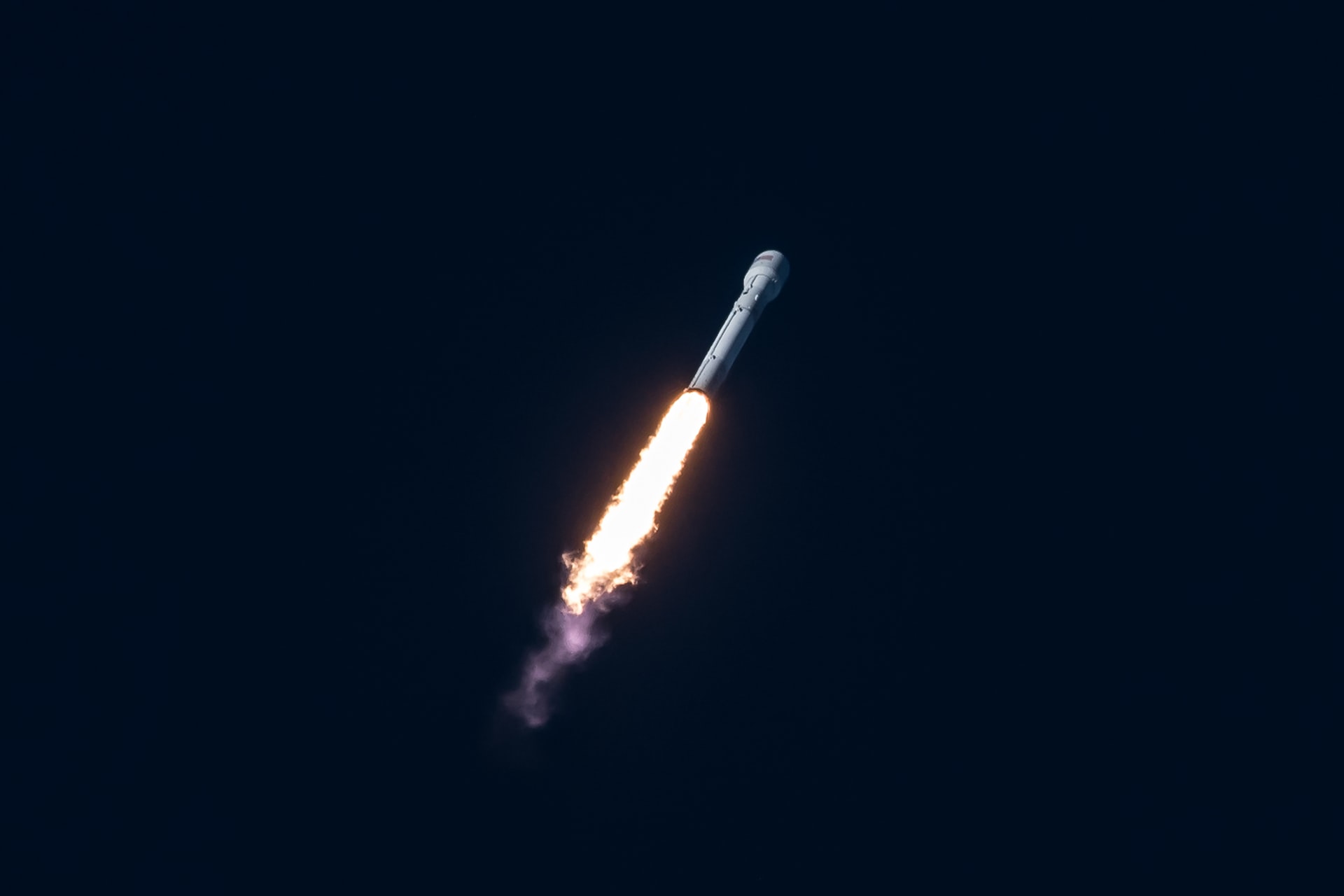Satellites are forming the next frontier of the US military’s defensive capabilities. With two layers of low-orbit satellite networks set for launch throughout the next decade, billions of dollars’ worth of government contracts are already being dispensed to key defense contractors and several private space startups, including SpaceX and United Launch Alliance, a Lockheed Martin – Boeing joint venture.
Though deployment of satellite tech remains in its early stages, the US rollout is already being scrutinized by Chinese scientists. Surely, the big satellite spend of the 2020s is just getting started, but it may end up getting a lot bigger if development of hypersonic missiles and other futuristic weaponry continues to accelerate.
Related ETF & Stocks: SPDR S&P Aerospace & Defense ETF (XAR), Northrop Grumman Corporation (NOC), Lockheed Martin Corporation (LMT), Raytheon Technologies Corporation (RTX), L3Harris Technologies, Inc. (LHX)
As MRP noted last week, satellites remain one of the most critical elements of the private space industry. They’re also key to the future of military technology.
Satellites will be right at the forefront of the Space Force agenda as our older, increasingly obsolete telecommunications infrastructure becomes vulnerable to attacks. It was all the way back in 2007, when China first used a ballistic missile to destroy its own old weather satellite orbiting 535 miles above Earth.
As MRP noted in 2018, a communications satellite that’s jammed from the ground could mean ground troops suddenly find themselves operating blindly. And because existing international treaties governing space are unclear, even civilian satellites could be targeted by nations looking to contain or punish their enemies. As far in the past as 2001, former Secretary of Defense Donald Rumsfeld concluded that the US wasn’t prepared to defend its enormous dependence on satellites. A move toward satellite defense would likely benefit both rocket and satellite producers, due to the need for new satellite hardware and software that could resist cyber-attacks, as well as spacecraft that could intercept physical attacks from projectiles.
Intercepting missiles will become a much harder task in the years ahead, as development of hypersonic missiles accelerates around the world – particularly in Russia and China.
Tracking, Transport Layers Form Missile Detection Networks
Just a week ago, one of Northrop Grumman’s Antares rockets launched a Cygnus cargo spacecraft carrying more than 3,700 kilograms of cargo for the International Space Station. The most important cargo for the defense contractor, however, was their infrared camera – called a Prototype Infrared Payload, or PIRPL. Developed by Northrop Grumman for the Missile Defense Agency (MDA) and Space Development Agency (SDA), PIRPL will collect shortwave and mid-wave infrared imaging data “nearly simultaneous through a rapidly moving filter wheel that will let us understand: ‘What does the atmosphere, clouds, Earth’s surface, land, and ocean all look like at various times of the day and night, from this type of sensor in a low Earth orbit’” an SDA official told Defense One. Collecting that data will be foundational for developing US military capabilities to detect and track dim, fast-flying hypersonic missiles whose heat signatures can blend in with Earth’s, making them even harder to detect.
As Breaking Defense notes, the Department of Defense has green-lit the September 2022 launch of 10 Tracking Layer satellites — and 20 satellites in the “Transport Layer” of data communications relay satellites — collectively called “Tranche 0” of the SDA’s National Defense Space Architecture.
Per SpaceNews, the SDA previously awarded SpaceX a $150.4 million contract to launch its first 28 satellites in 2022 and 2023. The agency will be seeking bids later this year for up to 150 satellites for the Transport Layer Tranche 1 projected to start launching in late 2024. Between 2022 – 2027, SpaceX and United Launch Alliance (owned by a 50%/50% partnership between Boeing and Lockheed Martin) will be the program’s phase 2 launch providers.
As the SDA’s website notes, the Transport Layer is envisioned, modeled, and architected as a constellation varying in size from 300 to more than 500 satellites in Low Earth Orbit (LEO) ranging from 750km to 1200km in altitude. With a full constellation, 95% of the locations on the Earth will have at least two satellites in view at any given time while 99% of the locations on the Earth will have at least one satellite in view.
Last October, SpaceX, along with L3Harris, also won SDA contracts to build…
To read the complete Market Insight, current clients SIGN IN HERE For a free trial, or to subscribe and become an MRP client today, START A FREE TRIAL Once you’re logged in, you’ll also gain access to:










